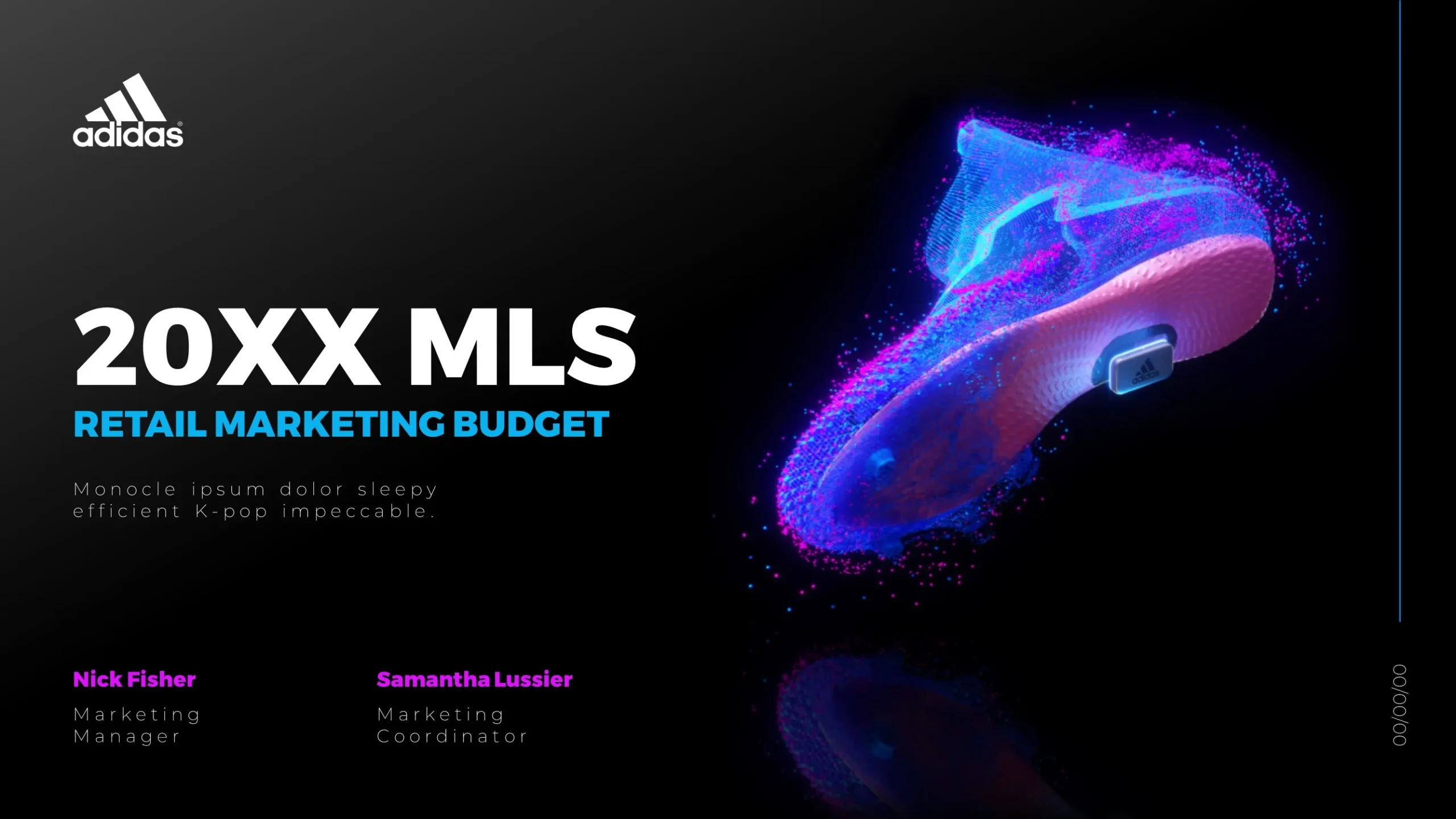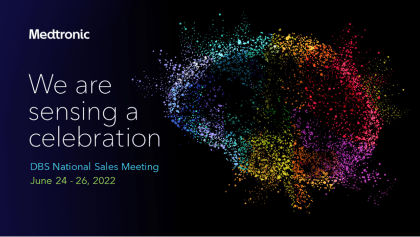Effective infographic design plays a pivotal role in enhancing the understanding of complex economic trends, such as inflation and labor market changes. Infographics combine visual elements with data to create a narrative that is easier for audiences to grasp compared to traditional text-heavy reports. By using charts, graphs, and icons, infographics can distill vast amounts of information into digestible visuals that highlight key points at a glance.
For instance, when illustrating inflation trends, an infographic can present historical data through line graphs that clearly show fluctuations over time. This visual representation helps viewers quickly perceive patterns and correlations. Similarly, when analyzing the labor market, infographics can use pie charts or bar graphs to display employment statistics across different sectors or demographics. This allows stakeholders to identify shifts in job availability or wage changes without wading through pages of dense reports.
Moreover, effective use of color coding and thematic imagery can evoke emotional responses and draw attention to critical insights within the data. For example, using red tones for rising inflation rates may create urgency around economic discussions while cooler tones might be used for stable periods. By blending storytelling with design principles such as hierarchy and balance, infographics not only inform but also engage audiences on complex issues like economics in a compelling manner.
In conclusion, well-designed infographics serve as powerful tools for breaking down intricate economic concepts into clear visuals that foster better understanding among diverse audiences—from policymakers to students—ultimately leading to more informed decision-making.
View Our Presentation Portfolio










